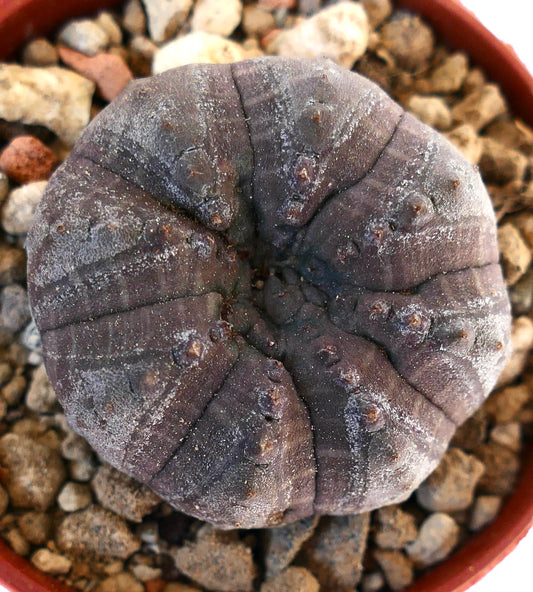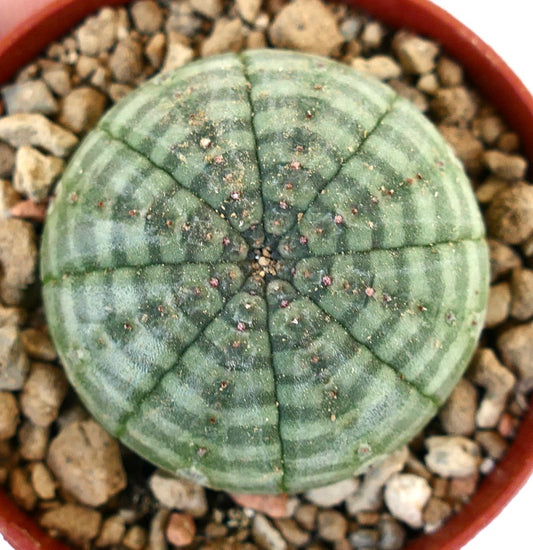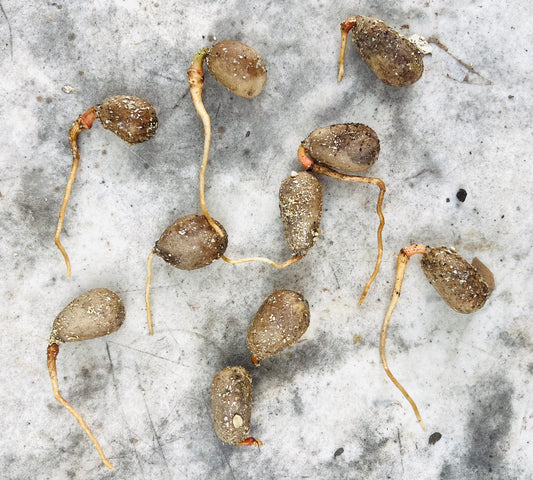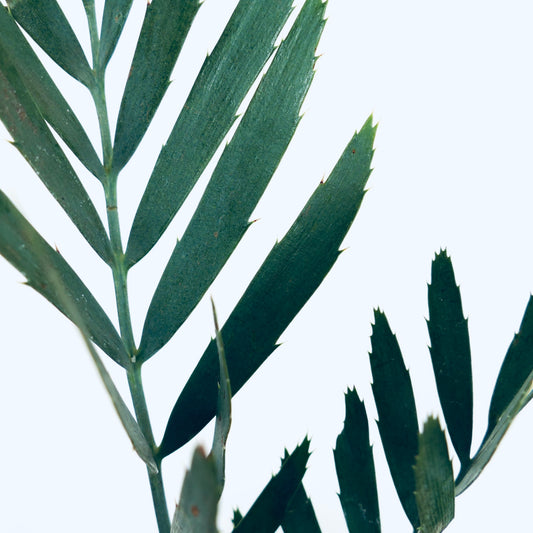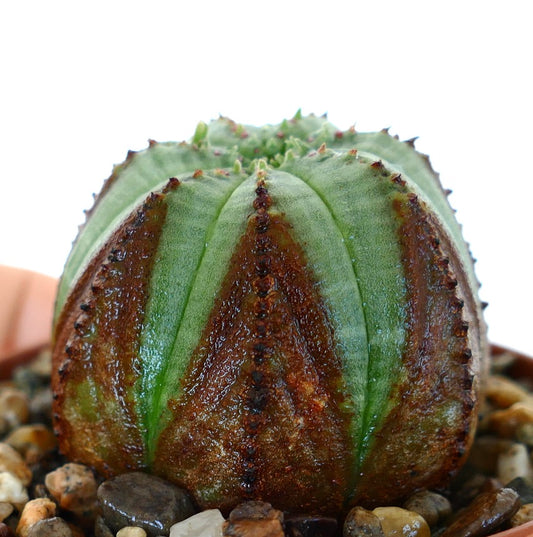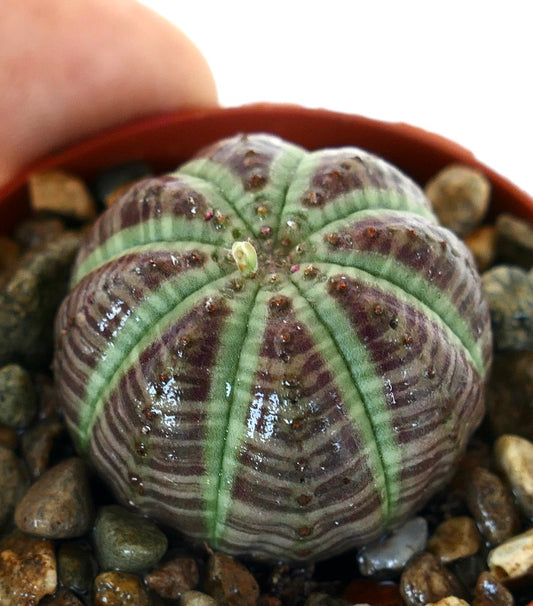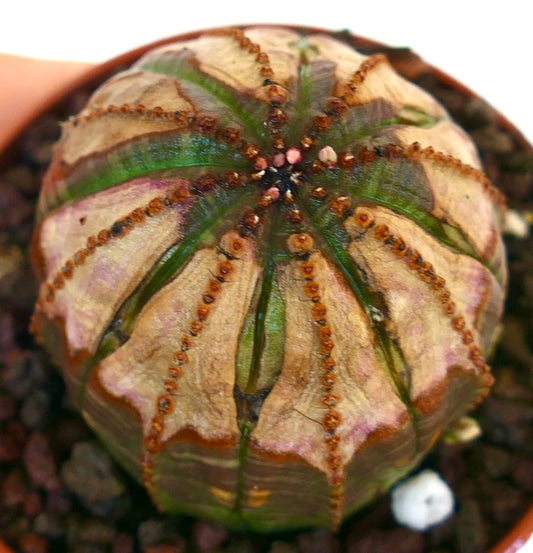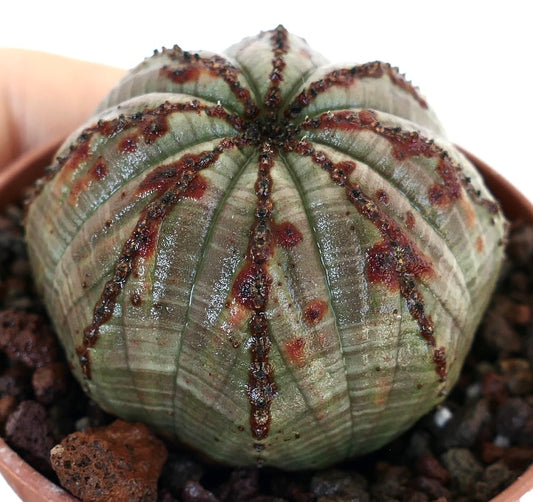Enhance Your Space with the Best Indoor Plants
Adding indoor plants to your home or office enhances aesthetics and improves air quality. These plants contribute to a healthier environment by filtering toxins and increasing humidity. They come in many varieties, from low light indoor plants to air-purifying plants, each adapted to specific indoor conditions. You can find options suitable for different lighting levels, care requirements, and decorative preferences.
Low Light and Easy-Care Houseplants
Low light indoor plants like snake plants (Sansevieria), pothos (Epipremnum aureum), and ZZ plants (Zamioculcas zamiifolia) thrive in dimmer spaces. These species have morphological adaptations such as thick leaves and efficient photosynthesis, allowing them to survive with limited sunlight. They require minimal watering and maintenance, making them ideal for beginners or offices with less natural light. Their resilience and ability to purify air also make them valuable ecological contributors indoors.
Air-Purifying and Pet-Friendly Indoor Plants
Air-purifying indoor plants like peace lilies (Spathiphyllum) and spider plants (Chlorophytum comosum) actively remove pollutants like formaldehyde and benzene from indoor air. They play a critical role in improving indoor air quality and boosting well-being. For pet owners, selecting pet-friendly houseplants such as Boston ferns (Nephrolepis exaltata) and areca palms (Dypsis lutescens) ensures safety without sacrificing greenery. These plants provide lush foliage and natural humidity, supporting both animal and human health.
Buy the Best Indoor Plants Online
Explore a diverse range of indoor plants suitable for various environments and tastes. Indoor plants typically originate from tropical and subtropical regions, adapted to stable temperatures and humidity levels. Many species form symbiotic relationships with fungi or insects, enhancing their growth and survival indoors. These natural adaptations allow them to transition well into human-made interior spaces, where environmental consistency mimics their native habitats.
Many indoor species have evolved to thrive under the canopy of larger trees, making them particularly suited to low-light conditions found inside homes and offices. Their ability to photosynthesize efficiently under indirect light and to regulate transpiration according to ambient humidity makes them both resilient and beneficial. Certain varieties even contribute to air purification by removing volatile organic compounds, playing a functional role in improving indoor air quality.
When selecting houseplants, it’s also important to consider their growth rate and mature size. Some remain compact and slow-growing, ideal for small apartments or shelves, while others may require space to spread or climb. Matching a plant’s native environment with its placement indoors—such as placing humidity-loving species in bathrooms or sun-loving types near bright windows—can significantly extend its lifespan and appearance.
Here are some common types you may consider:
-
Foliage plants like philodendrons and ferns, valued for their lush leaves.
-
Succulents and cacti, known for drought tolerance and unique shapes.
-
Flowering indoor plants such as orchids and African violets, adding color and fragrance.
-
Climbing plants like ivy, which can decorate vertical spaces.
-
Air plants (Tillandsia), which absorb moisture and nutrients from the air.
Understanding the ecological roles and natural habitats of these plants helps maintain their health and longevity indoors. Proper care includes considering light, humidity, soil type, and watering frequency. By choosing the right indoor plants, you can create a balanced, vibrant indoor ecosystem that benefits both people and the environment.
